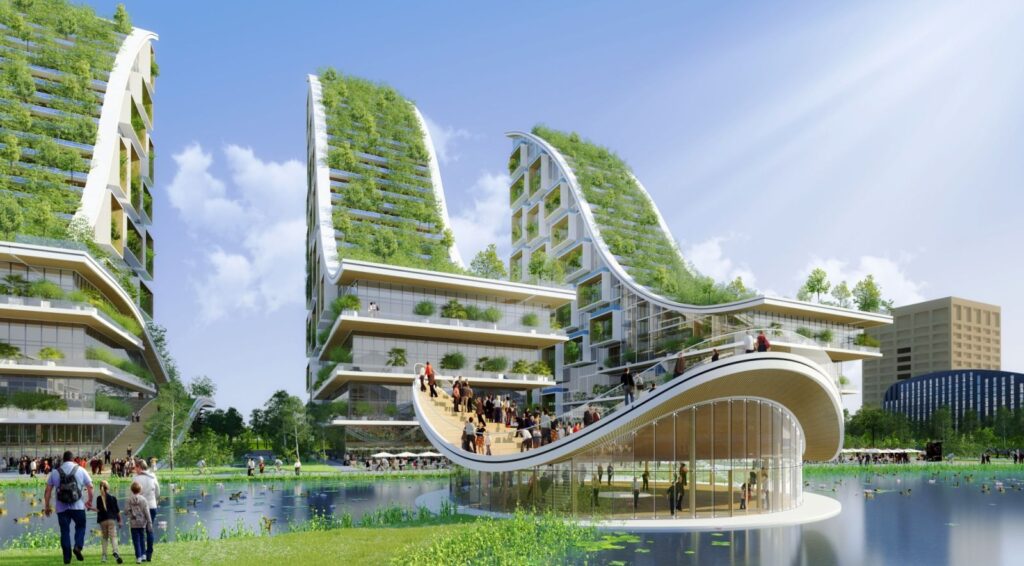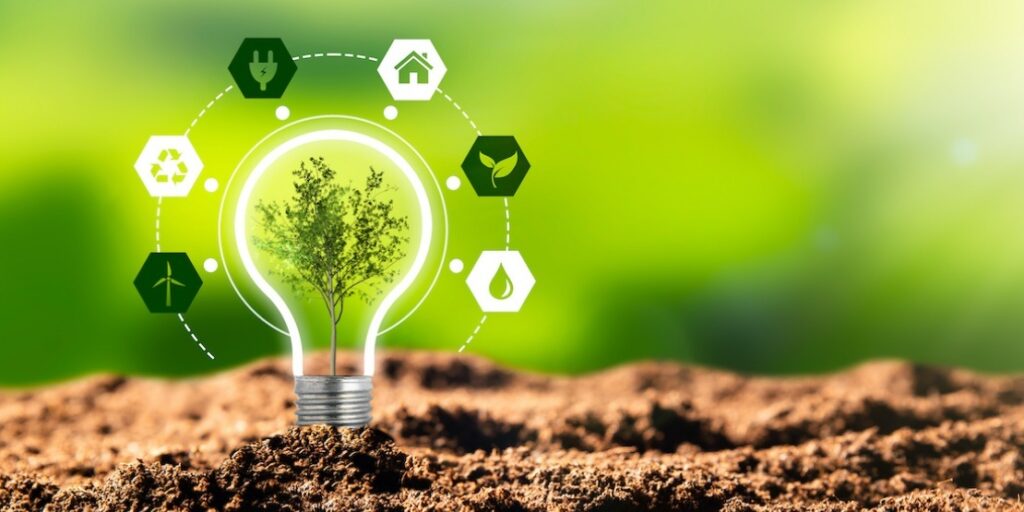
In today’s world, where environmental concerns are at the forefront of global discussions, the concept of sustainable green buildings has gained significant traction. A green or sustainable building goes beyond traditional construction methods to ensure minimal impact on the environment and maximum efficiency in resource utilization. This article delves into the fascinating realm of sustainable green buildings, exploring their benefits, features, and the role they play in shaping a more eco-friendly future.
Understanding Sustainable Green Buildings
Defining Sustainability in Construction
Sustainability in construction refers to the practice of creating structures that minimize their negative impact on the environment throughout their lifecycle. This involves using resources efficiently, reducing waste, and adopting eco-friendly construction techniques.
Environmental Benefits of Green Buildings
Green buildings contribute significantly to environmental conservation. They promote energy savings, reduce greenhouse gas emissions, minimize water consumption, and conserve natural resources. These buildings serve as a testament to the possibility of harmonizing human development with nature.
Key Features of Sustainable Green Buildings
Energy Efficiency and Renewable Energy Integration
One of the core tenets of sustainable green buildings is energy efficiency. These buildings are designed to optimize energy consumption through better insulation, high-efficiency appliances, and innovative HVAC systems. Moreover, renewable energy sources like solar panels and wind turbines are integrated to meet power needs sustainably.
Water Management and Conservation
Sustainable buildings implement advanced water management techniques such as rainwater harvesting and greywater recycling. These methods minimize water wastage and contribute to the overall reduction of water stress on local ecosystems.
Sustainable Materials and Design
The materials used in sustainable buildings are carefully selected based on their environmental impact. Recycled and locally sourced materials are preferred to reduce carbon emissions from transportation. Additionally, sustainable design principles prioritize longevity, minimizing the need for frequent replacements.
Indoor Environmental Quality
Green buildings prioritize the well-being of occupants. Indoor air quality is enhanced through proper ventilation systems and the use of non-toxic materials. Such measures create healthier and more productive indoor environments.



